How my photography evolved with technological advancement
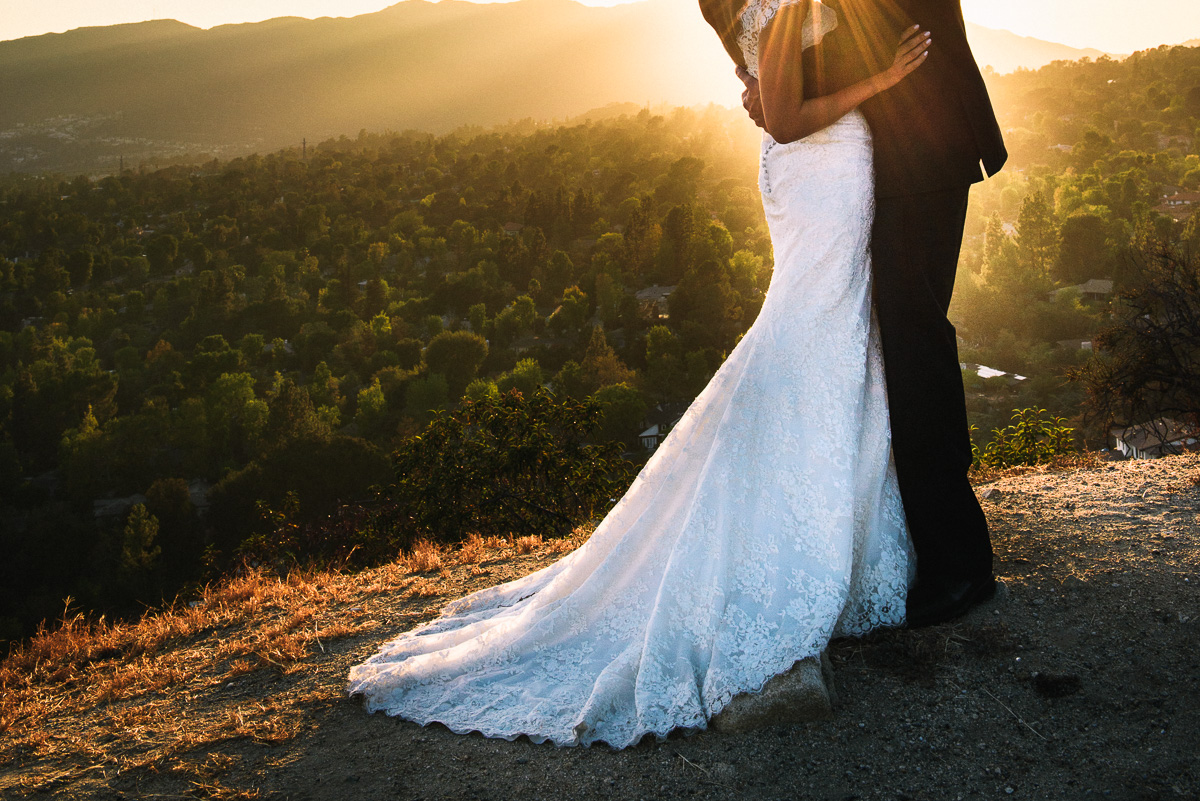
As camera technology continues to advance from cell phone to consumer camera and professional DSLR, it’s helped taken the process of taking and sharing photos to new heights. With the rise of popularity of Instagram, it has completely reshaped how we now view images and people now consume images at an unprecedented rate. With so many different advancement over the years, I think there are a few things that helped reshape my work the most -tilt screen, higher dynamic range, and the advancement of photo management / processing software.
Tilt Screen, no longer an amateur feature
The tilt screen actually started making its way to professional bodies only recently, but it’s definitely a welcome and much-anticipated feature at least for myself. I value and pay great attention to the use of camera height very much, and with the introduction of tilt screen, it has definitely opened up new opportunities to how I can shoot, and also made it far easier to capture certain shots in ways never before possible. One of those cameras that feature a tilt screen is the Nikon D750 that I love so dearly that I currently own three!

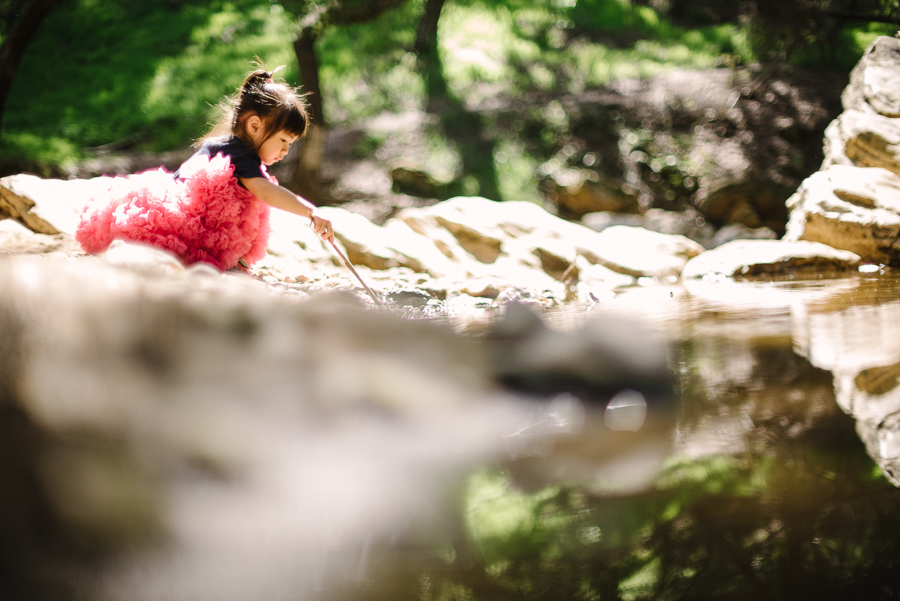
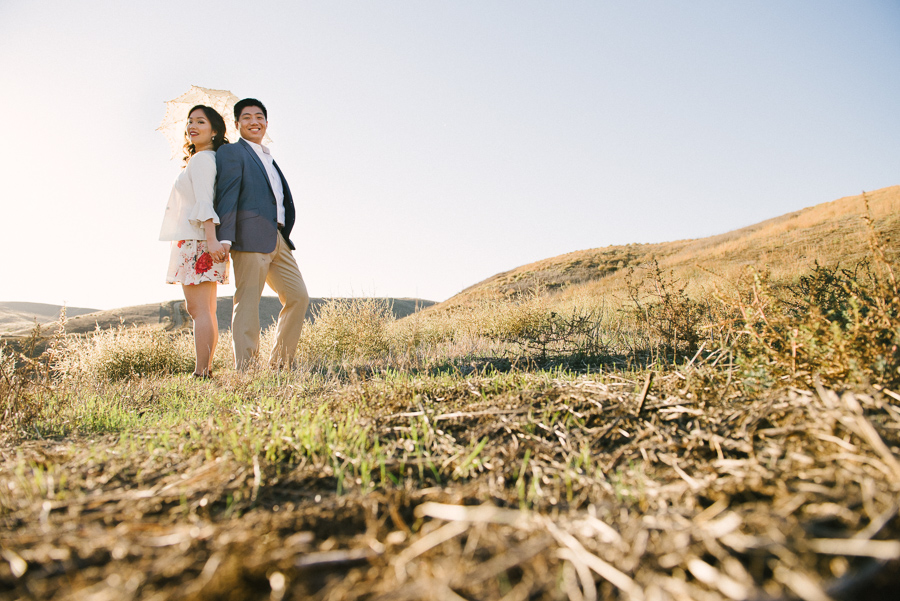
HDR (High Dynamic Range) and how it helps us develop our style
Since the days as a photography enthusiast, I have fallen in love taking pictures of cars, particularly experimenting with the then new technology advancement of HDR. With the ability to combine several exposures together, HDR allows the photographer to capture far deeper dynamic range than ever possible even surpassing film. However, at the beginning of the development of HDR processing, it was an extremely tedious process having to steady a camera on a tripod, shoot several exposures of the exact same image with different settings, and fumbling with complicated software to put together, and spending hours to edit the picture.


It’s estimated that film can capture about 8-9 stops of light, but cameras in recent years, particularly the D750 that I’m currently using can easily capture somewhere around 15 stops of light, practically eliminating the previously cumbersome process of creating HDR, allowing me to push my images to levels never believed possible. This also means that sensor technology is getting so good that the RAW files we’re able to capture with our current equipment in a fraction of a second actually rivals what we were doing with multiple exposures and complicated software along with hours of work. If I had a time machine, I’d love to travel back in time and try to convince myself from years ago what we’re able to do today and watch my own reaction.
Transitioning the HDR technique to what we do
The most difficult part for us was the transition going from jaw-dropping car pictures and applying the same technique over the otherwise softer looking images but still retain the awesome looks without making the images look too artificial. With wedding pictures, engagement photos, and portraits, they require a high degree of realism or we’d risk making them look out of place. It took us years to get to perfect our technique and achieving the balanced looks that we like.
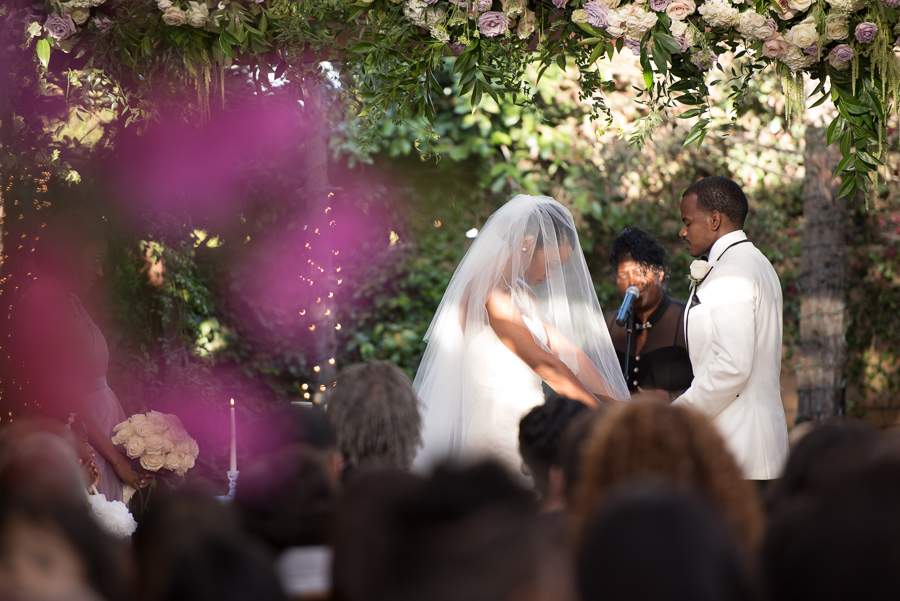
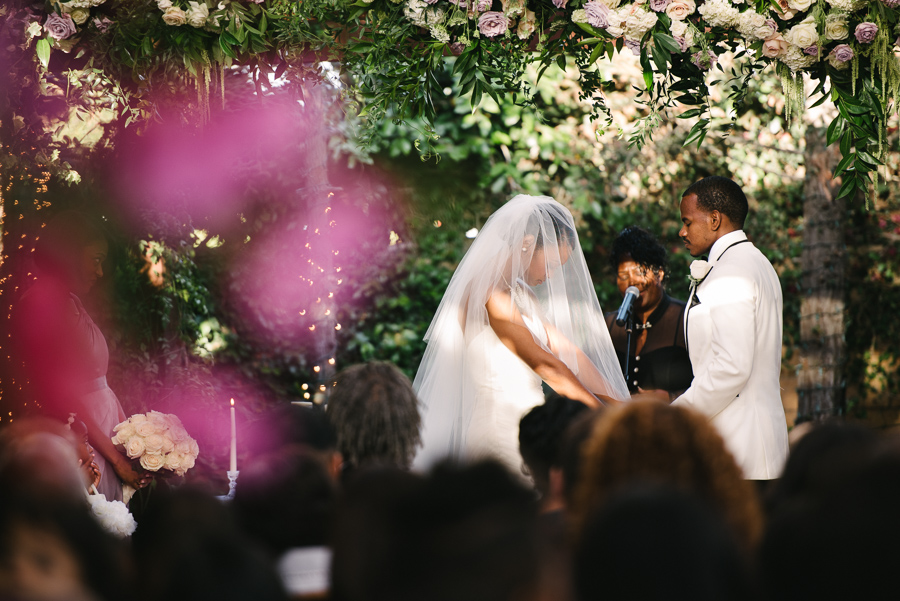
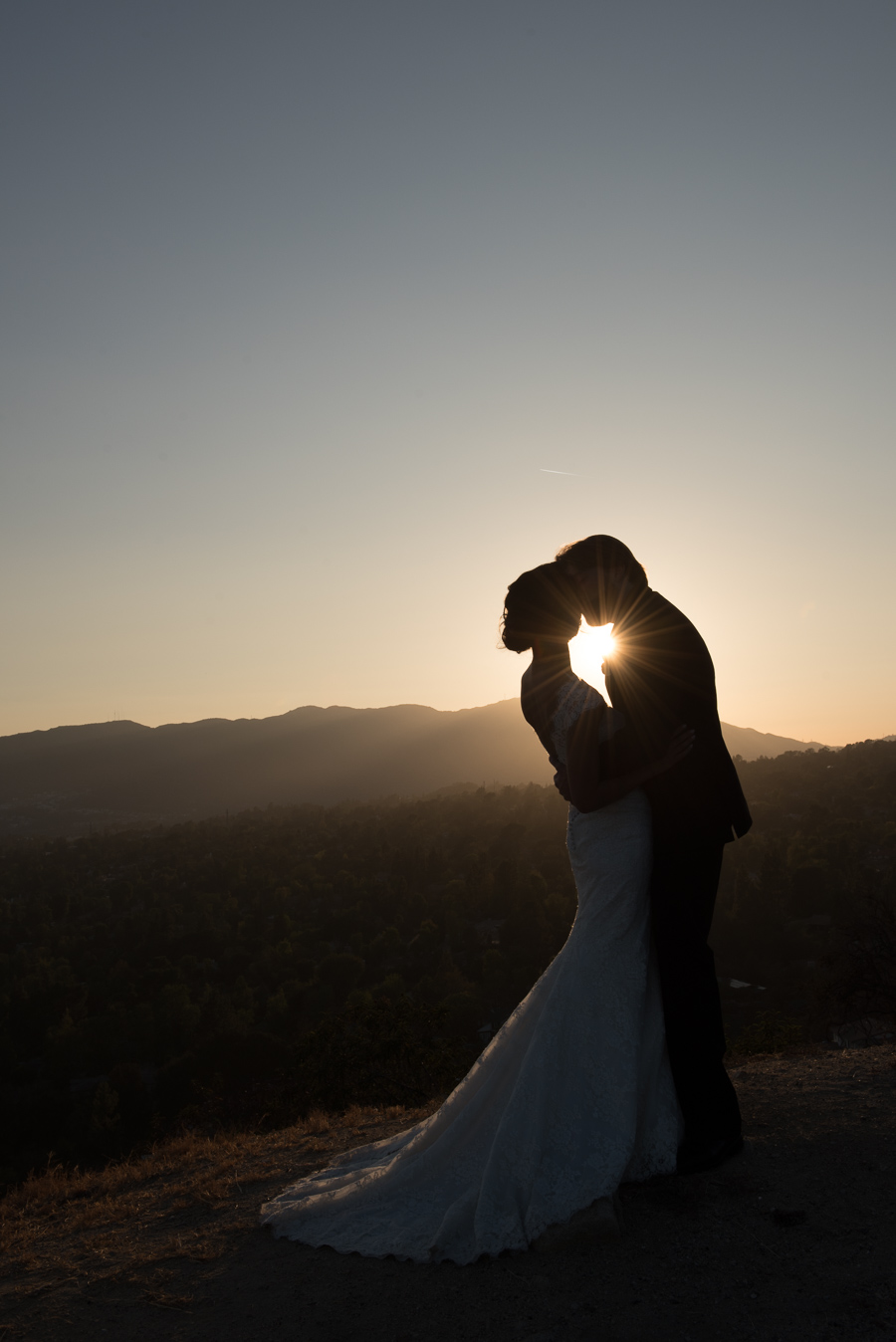
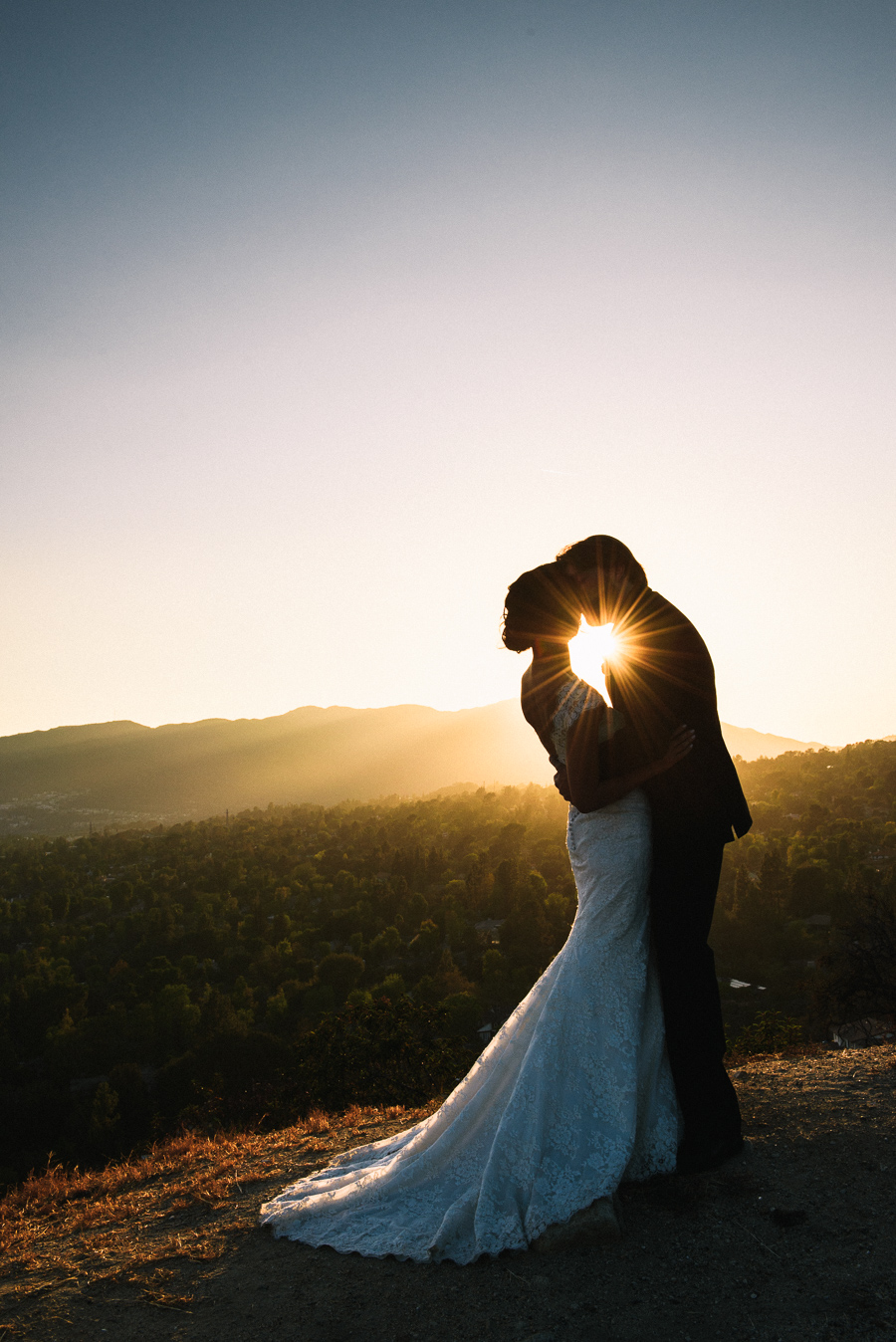


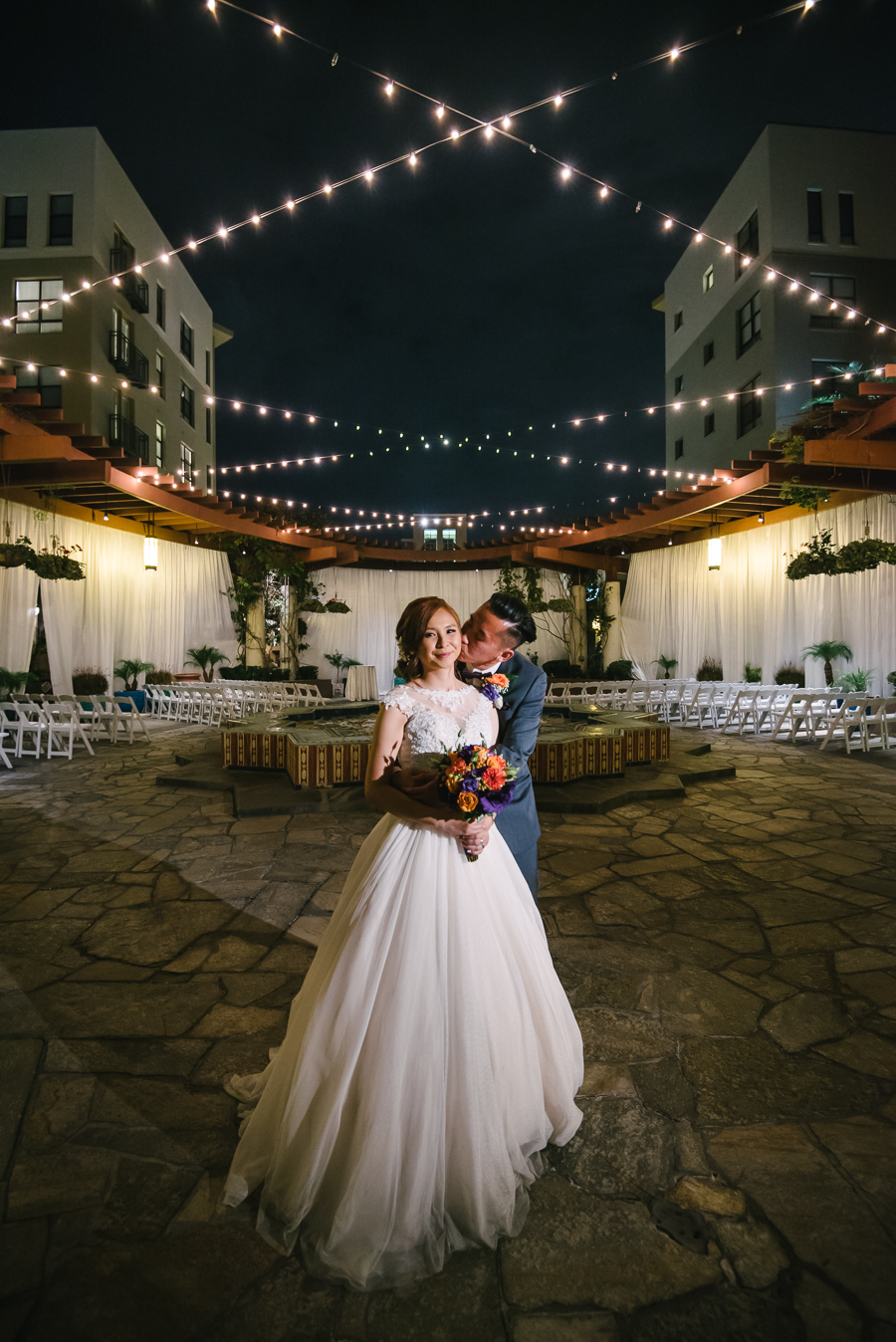
Look mom, no Photoshop!
The last thing I’m very thankful and feel like never quite gets enough credit has to be advancement of photo management and processing. This basically goes hand in hand with the high dynamic range RAW files with the new generation of DSLRs. With software like Adobe Lightroom allowing me to handle my huge libraries of catalogues instead of manually managing a sea of folders spanning across multiple hard drives and RAIDs, it helps me manage all my files efficiently, transfer between devices, find my desired files efficiently. Most importantly, It also enables me to do the majority of my edits without actually having to go into Photoshop unless I need absolute fine control. This is a huge time saver that we have grown to take for granted these days. It would be impossible to think about how my life would be without the help of the software that help me do my job.
 What next?
What next?
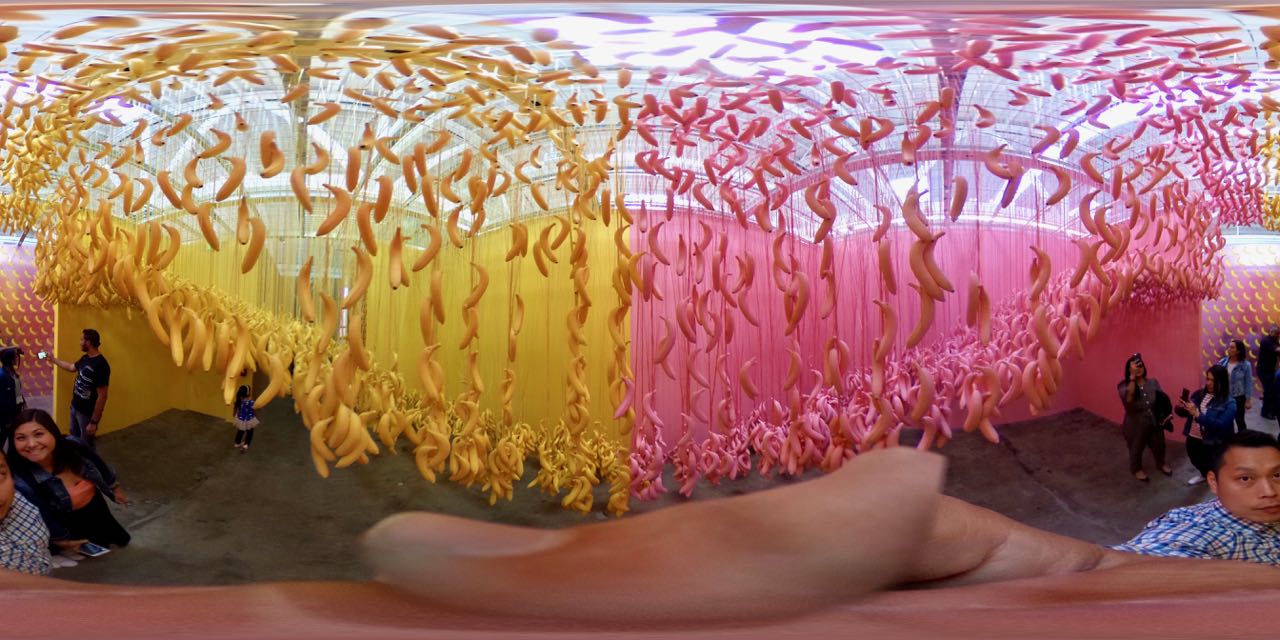
We’re constantly looking for new technological advancement, new technique, and the next breakthrough. By keeping ourselves open and up to date with technology, it allows us to not just follow the newest trend, but to set new trends and continue to improve our work. Like the 360 sample photo from above that we’ve been experimenting. We’re eagerly awaiting major tech companies to embrace and support a universal 360 format to allow us to natively support it on cell phones or even on desktop/mobile browsers so it can be more widely accepted and viewed.
We’re eagerly awaiting major tech companies to embrace and support a universal 360 format to allow us to natively support it on cell phones, compact cameras or even on desktop/mobile browsers so it can be more widely accepted and viewed. Anyway, that’s it for now! We hope to find the next cool camera or gadget that we’ll be able to apply and share with you guys soon! Let us know what you think and leave us a comment below!



I really enjoyed seeing the first/second/third edits! You can really see the difference! :)
Really nice and awesome photography!